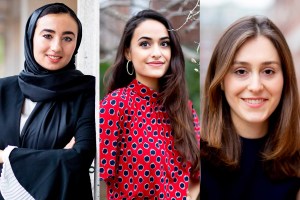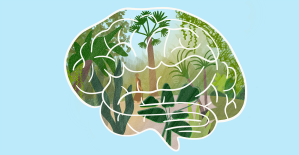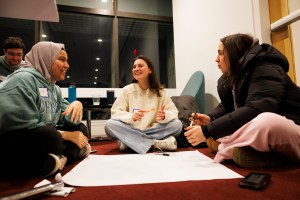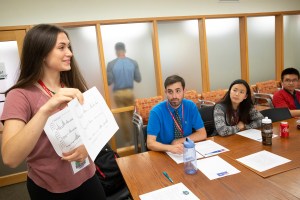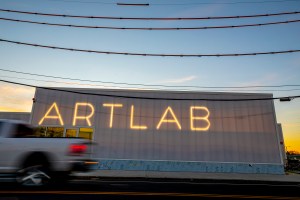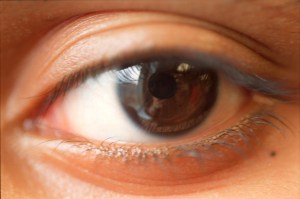Tag: Harvard
-
Science & Tech
Identifying exotic properties
Though they have unusual properties that could be useful in everything from superconductors to quantum computers, topological materials are frustratingly difficult to predictably produce. To speed up the process, Harvard researchers in a series of studies develop methods for efficiently identifying new materials that display topological properties.
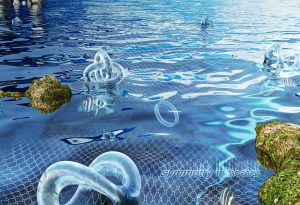
-
Science & Tech
‘Seeing the unseeable’
A years-long effort by dozens of researchers at the Harvard-Smithsonian Center for Astrophysics reveals the first-ever image of a supermassive black hole.
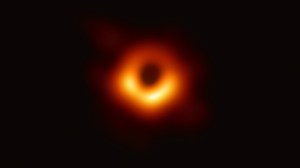
-
Science & Tech
A black hole, revealed
Researchers at the Event Horizon Telescope (EHT) just unveiled the first-ever image of a black hole, which captures what EHT Director Sheperd Doeleman called “a one-way door from our universe.”
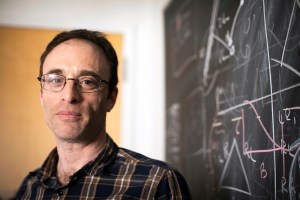
-
Science & Tech
Breaking down ‘Beowulf’
Using a statistical approach known as stylometry, which analyzes everything from the poem’s meter to the number of times different combinations of letters show up in the text, a team of researchers found new evidence that “Beowulf” is the work of a single author.
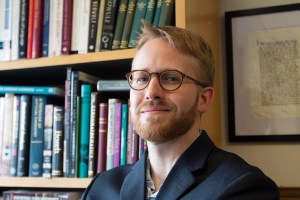
-
Campus & Community
Coding for a cause
Professor Jelani Nelson develops new algorithms to make computer systems work more efficiently, but also takes his educational efforts beyond Harvard’s walls. He founded AddisCoder, a program that teaches students in Ethiopia how to code.
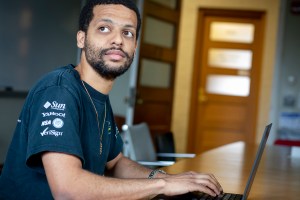
-
Science & Tech
The genetics of regeneration
Led by Assistant Professor of Organismic and Evolutionary Biology Mansi Srivastava, a team of researchers is shedding new light on how animals perform whole-body regeneration, and uncovering a number of DNA switches that appear to control genes used in the process.
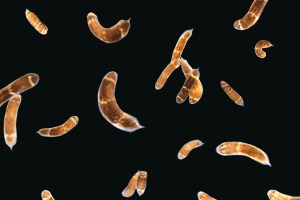
-
Science & Tech
Should landlords have to share what’s been bugging them?
It might seem crazy for landlords to tell potential tenants about past bedbug infestations, but Alison Hill believes it will pay off in the long run. In a study, Hill found that while landlords would see a modest drop in rental income in the short term, they would make that money back in a handful…
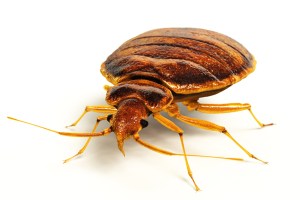
-
Science & Tech
Following conflict, a turn to the divine
Working with a team of international researchers, Harvard scientists gathered survey data in several locations around the globe and found that, following the trauma of seeing a friend or loved one killed or injured during conflict, many became more religious.
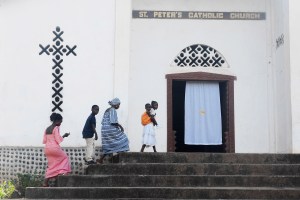
-
Campus & Community
A far-reaching gift to the arts
A $100 million donation from David E. ’93 and Stacey L. Goel will enable Harvard, in tandem with the American Repertory Theater, to imagine a 21st-century research and performance center on Allston campus.
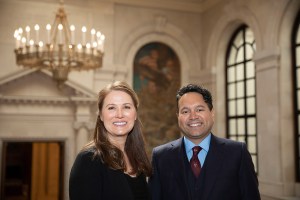
-
Science & Tech
Seeing things in a different light
Harvard researchers are using a chemical process known as triplet fusion upconversion to transform near-infrared photons into high-energy photons. The high-energy photons could be used in a huge range of applications, including a new type of precisely targeted chemotherapy, in which low-energy infrared lasers that penetrate deep into the body could be used to transform…
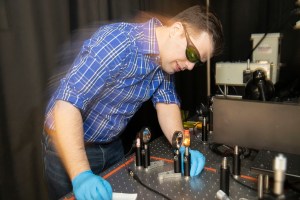
-
Science & Tech
Making sense of how the blind ‘see’ color
A new Harvard study suggests that although the congenitally blind experience abstract visual phenomena such as rainbows and color differently, they still share with the sighted a common understanding of them.
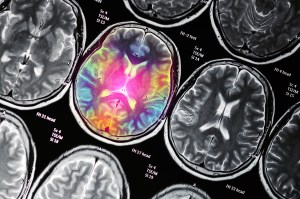
-
Science & Tech
Brainy birds
A new study shows that African grey parrots can perform some cognitive tasks at levels beyond those of 5-year-old humans. The results not only suggest that humans aren’t the only species capable of making complex inferences, but also point to flaws in a widely used test of animal intelligence.
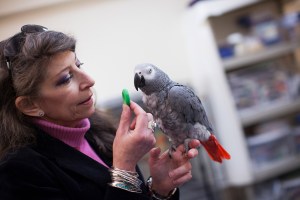
-
Science & Tech
The impact of ocean acidification
In a first-of-its-kind study, findings suggest that continued ocean warming and acidification could impact everything from how fish move to how they eat.
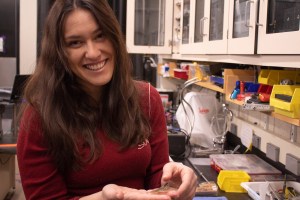
-
Science & Tech
And now, land may be sinking
A new study, which used everything from tide gauges to GPS data to paint the most accurate picture ever of sea-level rise along the East Coast of the U.S., is suggesting that in addition to rising seas, communities along the coast may also have to contend with the land sinking.
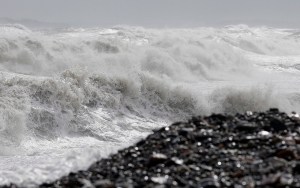
-
Science & Tech
Solving colibactin’s code
In an effort to understand how colibactin, a compound produced by certain strains of E. coli, may be connected to the development of colorectal cancer, Harvard researchers are exploring how the compound damages DNA to produce DNA adducts.
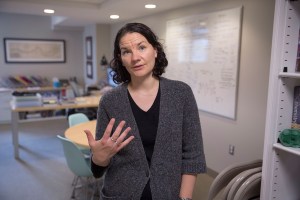
-
Science & Tech
Rapid evolution, illustrated
A study in which mice were released into outdoor enclosures to track how light- and dark-colored specimens survived confirms that mice survive better in similarly colored habitats, providing insights into evolution.

-
Science & Tech
Microbial manufacturing
Emily Balskus and a team of researchers untangled how soil bacteria are able to manufacture streptozotocin, an antibiotic and anti-cancer compound.
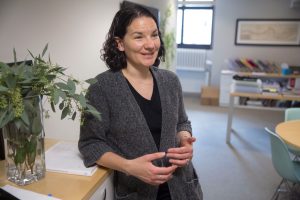
-
Health
Spending dips on health care for the Medicare elderly
Health care spending among the Medicare population age 65 and older has slowed dramatically since 2005, and as much as half of that reduction can be attributed to reduced spending on cardiovascular disease, a new Harvard study has found.
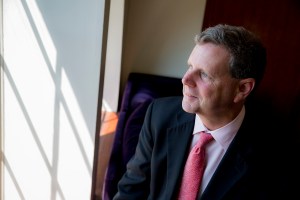
-
Science & Tech
Looking at lunglessness
A recent study shows that a gene that produces surfactant protein c — a key protein for lung function — is expressed in the skin and mouths of lungless salamanders, suggesting it also plays an important role for cutaneous respiration.
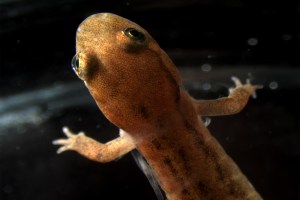
-
Campus & Community
Winter warm-up
Harvard Wintersession students picked up new skills during the break with classes that ranged from joke-writing to synthetic biology.
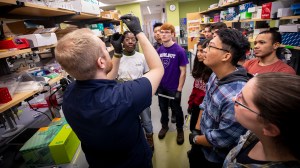
-
Work & Economy
Researcher finds Coke’s fingerprints on health policy in China
Coca-Cola worked through the Chinese branch of a U.S.-based nonprofit to influence anti-obesity measures in China, according to new research by Harvard Professor Susan Greenhalgh.
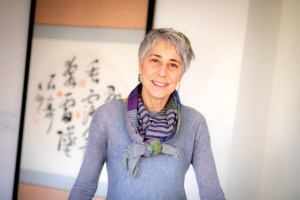
-
Campus & Community
Ten from Harvard named AAAS Fellows
Ten Harvard faculty members are among the 416 scientists who have been named American Association for the Advancement of Science (AAAS) Fellows. Election as an AAAS Fellow is an honor bestowed upon AAAS members by their peers.

-
Health
The mystery of the medicine man
A paper published earlier this year argues that shamanism develops as specialists compete to provide magical services to people in their communities, and the outcome is a set of traditions that hacks people’s psychological biases to convince them that they can control the uncertain.
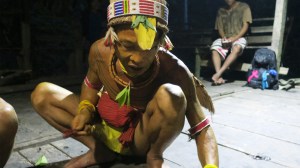
-
Science & Tech
Life, with another ingredient
In a paper published in PNAS, Jack W. Szostak, professor of chemistry and chemical biology at Harvard, along with graduate student Seohyun (Chris) Kim, suggest that RNA could have started with a different set of nucleotide bases. In place of guanine, RNA could have relied on a surrogate, inosine.
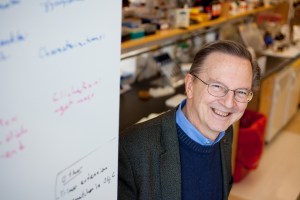
-
Science & Tech
Replacing hard parts in soft robots
Harvard scientists have created a soft valve that could replace “hard” valves and lead to the creation of entirely soft robots. The valve’s structure can also be used to produce unique, oscillatory behavior.
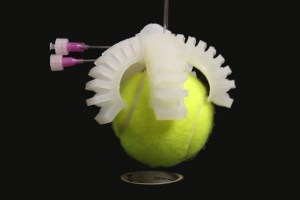
-
Campus & Community
New Marshall scholars gaze ahead
Four Harvard seniors, among the students selected this week as Marshall scholars, ponder their future. Their scholarships pay for two years of advanced study at a college or university of their choice in the United Kingdom.
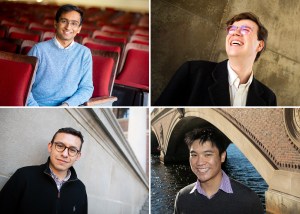
-
Campus & Community
Finding perspective in the unexpected
Midyear graduates share lessons learned, both at Harvard and during time away.
